Notes from Oct 27, 2023 Meeting
Here was our background picture for tonight’s meeting.
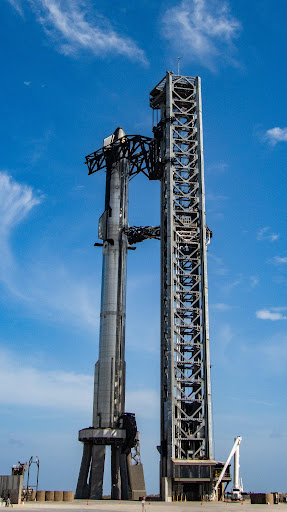
But with the meeting so close to Halloween, I saw this picture from the Planetary Society and thought it might has been more appropriate.
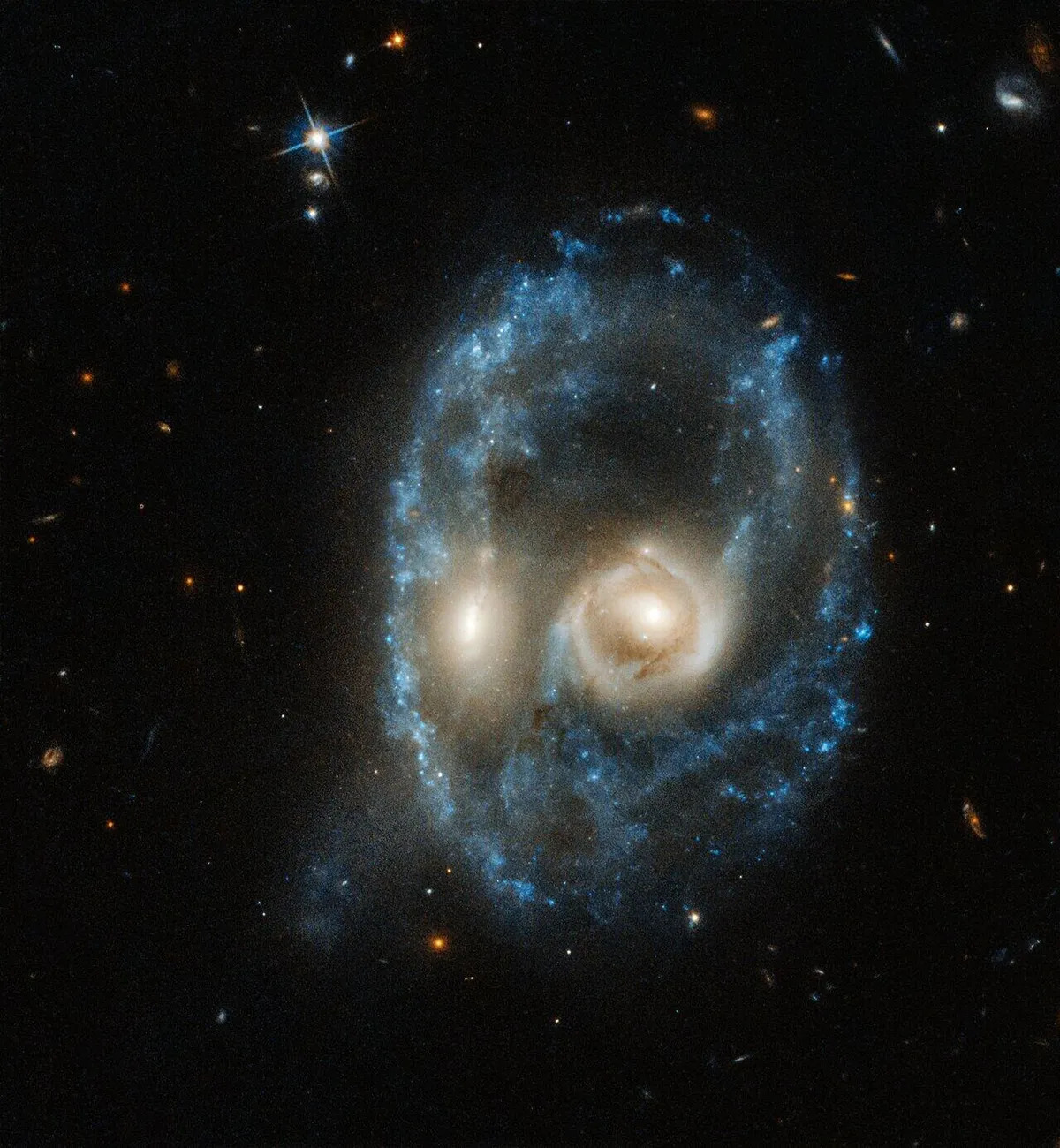
It was a cool night for our 85th meeting and Keith, Hank, Don, Beth, Harry and I were in attendance. I started with a rant about how ATT&T had deprived me of my land-line phone, Internet and TV service for 3 days from Tuesday until Thursday afternoon. But they left me enough time to prepare a presentation, even though my ability to proof it before the meeting was limited.
About two meetings ago on April 20, 2023, SpaceX made their first attempt at launching Starship. It wasn’t completely successful and I hoped to schedule this meeting just after the second attempt. But the FAA and Fish & Wildlife Service didn’t cooperate and give another launch license. Congress has just named a new FAA Administrator, after the position sat idle for the last 18 months, maybe a launch license might be quick in coming. SpaceX has said they have been waiting a month on the pad to launch. We need Starship to be successful if we are ever to get our astronauts on the moon before the Chinese,
Always trying to be informative, I started out with a new word that Space.com said astronomers have recently created, noctalgia (pronounced knock-tal-jah). It literally means “sky grief” but is defined as the loss of dark skies. I admit I suffer from it being so close to the lights of Chicago. Second magnitude stars are hard to see and if I lose Polaris, the north star, constellation identification will become much harder.
I shared with the group that a lady from the Adler Planetarium, Michelle Nichols, gave 2 great talks at the Villa Park library in October. The first one on the Solar System and the second on visual sky observing. At the latter talk, she gave some great resources about eclipses, aurora, and satellites. I was glad to see that my grandson, Ian, now a freshman in high school, can still rattle off the 4 Galilean satellites of Jupiter. He was duly awarded with a DQ treat after the meeting. As a extra bonus, we got sun viewers for future eclipses. Phil and Don attended. Here are some of the web addresses – timeanddate.com site for eclipse info, stellarium-web.org for a great free star display, spotthestation.nasa.gov for ISS timings, and www.lightpollutionmap.info . Also eclipse.aas.org and heavens-above.com . Who knew that College of DuPage, COD, has some of the best cloud photos for the US.
For those of you that haven’t watched the ISS pass over your site, I recommend it highly. The ISS is much brighter than the brightest star and very easy to observe. My 6 year old grand-daughter, Emily, was so impressed with it that during her time as student-of-the week in 1st grade, she named grandpa showing her the ISS as her second most impressive happening. I lost out only to the loss of a couple of front teeth. It is an amazing sight and when you think that there typically are 7 people on that bright light going across the sky. It also is a great achievement that it has been continually inhabited for 23 years on its anniversary on November 2. Very impressive!
The partial annular eclipse in Chicago was a bust with clouds preventing any observation. Don did some traveling down to Midland, Texas and got to see it and take pictures. Don, you are my hero. Here’s hoping that everyone has better luck with the full solar eclipse on April 8, 2024. Keith will try Indianapolis, Beth is trying Texas, Dean might be off to Carbondale, IL and I will be monitoring the weather to see what direction makes for the highest probability of seeing it.
Joe DalSanto, astronomer at COD, did a great presentation on Saturday, October 14, titled “400 Years of Astronomical Observation”. Carol and I enjoyed the presentation and met up with Beth and her husband, Chad, and their 2 children, Amanda and Blake.
Beth will be doing a live podcast at the Moonlight Theater in St Charles on Nov 12, from 5-7PM. It is a paying event to help support her “Stories in Space” efforts. Her stories launched into space on an Antares rocket in a Cygnus supply capsule. They are currently exposed to space as part of a MISSE package on the ISS for NASA. We’ll see which type of memory chip fares the best in the harsh environment of space when the package returns to earth.
For a “deep thought” segment, I showed a video titled “What is Mass?”. When I heard that the 3 quarks in the proton/neutron only add up to 1% of the composite particle’s mass, things just didn’t seem as straightforward as they used to be. People listened to the video, but I think when it started talking about the Higg’s field that permeates all of space, everyone’s eyes glazed over. Understanding mass is still a work in progress.
We then moved on to some of the amazing things that Keith has done with the creation of informative videos on various platforms including the MASS YouTube channel. His video about astrophysics has over 6000 views. Keith had me write a couple of short blurbs that he transformed into videos. Here is the one titled “Asteroid Autumn” on the MASS YouTube Channel.
This is the text that Keith transformed – NASA has named the next season in 2023 “Asteroid Autumn”. Here’s why.
- On September 26, we celebrated the 1-year anniversary of the DART impact of the 160-meter asteroid, Dimorphos, that orbits the larger 780-meter asteroid Didymos, changing its orbital period and proving that direct impact could be a means to avoid future Earth impacts from asteroids.
- On October 5. NASA plans to launch a probe to explore the metallic 253 km asteroid, Psyche. The asteroid is primarily iron and nickel but contains many other precious metals and would have a value on earth of $10 quintillion ($10,000,000,000,000,000,000).
- On November 1, the Lucy spacecraft will fly-by the 700-meter main-belt asteroid, Dinkinesh, on its way to exploring 6 Trojan asteroids that are ahead and behind the planet Jupiter in its orbit and one more main-belt asteroid for a total of 8 asteroids.
Keith continues to amazed us with his Internet skills. Beth and he will probably collaborate to parley his accomplishments into some more social media impact for Casual Space, Beth’s Internet effort.
The Parker Solar Probe set a record for the fastest man-made object when it traveled at 394,736 mph on its 17th orbit around the Sun. Even with that phenomenal speed, the speed of light is 671 million mph. So it only attained one sixteenth of 1% of the speed of light (.059% of c). Parker was able to reach that velocity by passing only 4.51 million miles from Sun’s surface. In the future the spacecraft will get 3.83 million miles from the Sun’s surface and set a new record. The probe launched in August 2018 and is on 7 year mission to study the Sun’s corona.
Because I’m a little lazy, I started with a longer YouTube video from Marcus House that talks about Starbase developments down in Boca Chica, the FAA delay in granting a launch license for the second Starship, NASA’s Psyche launch to the asteroid Psyche and how you can follow the progress of the spaceprobe by using NASA’s “Eyes on Solar System” application, how the Psyche spacecraft will perform a test of optical communication and use its HALL effect thrusters of xenon (4 of them have the thrust of 3 quarters in your hand), the recent annular solar eclipse and India’s progress in space. It is so much easier to blast out a batch of topics and then follow up with details.
Starship next launch?
With help from the Marcus House video, we discussed the amount of effort necessary for ground support and construction of a rocket. Often referred to as Stage 0 of the rocket. We never saw that part of NASA and ULA rockets. The group was impressed how SpaceX just shifted their building construction over to deal with a small patch of land that they still have not been able to purchase at the Boca Chica site. In Florida, SpaceX is building another manned tower so that a second launch pad can support the manned Dragon capsule. NASA would not allow future Starship launches from Florida if SpaceX didn’t have a back up pad for launching Dragon. It is critical that NASA has a way to keep the ISS manned with new astronaut crews. Beth was surprised that SpaceX is building an entire second Starship construction facility at Kennedy Space Center in Florida to support launches from there eventually. Starship and Super Heavy are too large to transport from Texas to Florida. Remember we will need Starship to get our astronauts down to the surface of the moon for the Artemis program. Bill Gerstemeyer, ex-NASA, now SpaceX, said they have been ready for a month to launch the second Starship but are waiting for a launch license.
Here is a recent video from The Space Bucket about how close a launch might be. They think it is likely in November.
I couldn’t leave the SpaceX topic without mentioning that they are dominating rocket launches in 2023 with more mass to orbit that the rest of the world combined. Much of the lift is with Starlink internet-from-space satellites, so they are their own customer. Currently they have launched over 5300 of the Starlinks. This year so far SpaceX has launched 72 Falcon9 missions, 4 Falcon Heavies, and 1 sub-orbital Starship for a total of 77 launches.
Psyche Mission
Psyche launched on Oct 13, 2023 and is the first Falcon Heavy launch for NASA. The mission is headed by Arizona State and their site has a good short video describing why we are headed to the asteroid. Psyche is the largest metal rich, iron/nickel, asteroid at 280km x 232km. It comprises 1% of the entire asteroid belt’s mass and is thought to be the remnant core of a much larger body. Scientists hope to study Psyche to gain insights into what the core of planets like earth look like since it is impossible to drill that deep with our current technology. Here is a great picture of what people think Psyche might look like. It is an artist’s rendering because in telescopes the asteroid is only a single pixel in size. I like the large crater with a frozen metallic rim.
With the Psyche mission, Falcon Heavy is 8 for 8 in successful launches. I can still remember the first launch on Feb 6, 2018, which just had Elon Musk’s red Tesla roadster on it. There was a request to play the clip of David Bowie singing Space Oddity as the $100,000 car floated away from the Earth with “Don’t Panic” on the dash board. I didn’t have it cued up for the meeting, but here it is. I always get a little teary eyed when I watch it and I think it is one of the seminal images of the new commercial space program.
NASA has 6 more launches coming using the Falcon Heavy: 1) Oct 2024 – the Europa Clipper (a $5 billion mission to the moon of Jupiter); 2) Nov 2024 – VIPER (a lunar rover); 3) Nov 2024 Griffin 1 (a lunar lander); 4) 2024 – PPE & HALO modules (2 initial modules for Lunar Gateway); 5) 2024 – Dragon XL (a supply mission for Lunar Gateway); and 6) May 2027 – the Nancy Grace Roman Telescope.
The lift of the Falcon Heavy is only exceeded by the in-frequently launching SLS. Other upcoming rockets are the Vulcan from ULA which is scheduled for a first launch this Christmas, Dec 24 or 26 and the New Glenn from Blue Origin, scheduled for late 2024.
Here is a short list of rocket lift capability in expended mode to Low Earth Orbit (LEO) in metric tons (1 mt = 2200 lbs).
Starship -150mt SLS Block 1 – 70mt Falcon Heavy – 64mt New Glenn (reusable mode) 45mt Vulcan – 27mt Falcon 9 – 23mt
Getting back to Psyche, it had a 1 year delay due to the spacecraft software not being ready soon enough for adequate testing. NASA blamed the delay on JPL management techniques during the work-at-home pandemic time. This delay caused the arrival at the asteroid Psyche to slip by 3 years to August 2029. The delay also messed up NASA’s budget and some of the future Venus missions have been pushed back to cover the increased cost of waiting a year for launch.
The mission has some firsts including a test of optical communication and the use of HALL thrusters for spacecraft propulsion. The optical communication test is called DSOC and it will be tested during the first 2 years of the travel to Psyche. Optical communication has the potential to vastly increase bandwidth over the current radio communication but it is untested in deep space. The encounter with Psyche will be 2.7 AU from the Sun. After a 2 years orbiting, eventually getting down to a 70 km orbit and seeing objects only 5m (15 feet) in size. After the science mission ends in November 2031, the spacecraft will be 3.1 AU distant from the Sun. This great distance is why it needs enormous solar panels which are the size of a tennis court. A large amount of electrical power is required to run the HALL effect thrusters which will eject 1 mt (2200 lbs) of xenon at an enormous velocity. The HALL thrusters are 5 times more efficient than chemical rockets. As it travels to Psyche, Mars will provide a gravity assist in May 2026.
To finish up with the theme of Asteroid Autumn, the Lucy mission is soon to pass a small asteroid on November 1 as it heads out to the orbit of Jupiter. The asteroid is named, Dinkinesh, and is only a half-mile wide, but it is only the first of 10 asteroids that will be visited by Lucy.
Bennu sample return
We got into the Bennu sample return by watching a short CNN video with Neil DeGrasse Tyson talking about Osiris-Rex mission and Mexican authorities displaying their space aliens. The display of the alien bodies was a little embarrassing, I thought Mexico had a better science infrastructure.
Here is a picture of the landed canister. There is still some conjecture whether the drogue chutes opened during the landing, but the capsule still used its main chutes to land softly on the Utah desert. Early reports about the asteroid material outside the sample canister show that it is a surprising 5% carbon and contains large amounts of water.
Here is a nice short video from PBS Newshour about the Bennu sample return and Mars sample return mission. It was an exciting Sunday morning, September 24, 2023 with the landing of the sample return from the asteroid, Bennu, on the Osiris-Rex capsule. The probe launched on September 8, 2016 and took a 2-year journey to the 500 meter (1/3 mile wide) asteroid. The spacecraft orbited the asteroid for about 2 years, setting the record for the smallest body ever orbited, and then performed a touch-and-go sampling with its robotic arm, penetrating over a foot into the asteroid’s surface. Scientists were surprised with the fragility of the asteroid’s composition. The sampling device liberated an estimated over 165kg of regolith in the process. Even though they have been unable to open the sample canister so far, the mission exceeded its goal of a 60 g sample because the debris outside the canister has been measured as 70.3 g. This is definitely the largest sample returned from an asteroid. Scientists hope that the capsule contains as much as 250 grams, a sample about one and a half times the size of a baseball, of pristine 4.5-billion-year-old rocks from the original formation of the Solar System. Japan has had 2 asteroid sample returns, Hayabusa 2 from the asteroid Ryugu with 5 g and Hayabusa 1 with < 1 milligram from Itokawa. The probe then took 2 years to return to Earth, dropping off the sample capsule so it could scream into the atmosphere at 27,650 mph and decelerate at a maximum of 32 G’s and finally parachute down to the Utah desert at a sedate 11 mph.
The Mars Sample Return Project got a new price tag and is turning into another “project that ate the entire NASA budget” like JWST was. The original cost estimate was $4 billion, now it is an estimated $8 to $11 billion and scheduled to launch no sooner than 2030, 2 years later than the previous plan.
Dante Lauretta announced that on Oct 11 at 10 AM there will be a sample reveal. But he didn’t know that a couple of bolts on the canister would not budge and scientists would have to wait for approval of new tools, qualified for the glove box, to open the canister. The debris outside the canister is darker than charcoal because of its carbon content. Bennu is an interesting asteroid because in 168 years it could impact earth. 75% of sample will be saved for future analysis. We will share the sample with Canada, Japan, and England. 200 scientists using 60 techniques will analyze the sample.
The rest of the Osiris-Rex probe, after dropping off the sample return capsule, fired its thrusters to avoid collision with Earth and now begins Osiris-APEX (Origins, Spectral Interpretation, Resource Idenfification, Security – APophis EXplorer. Apophis is a 1000 ft (340m) asteroid that will come an uncomfortable close distance of less than 20,000 miles of Earth in 2029. The spacecraft will go into orbit around Apophis and study its orbit, spin rate and surface.
Russian 3rd coolant leak
On Thursday the Russians sent 2 cosmonauts out on an EVA to investigate their latest coolant leak and reported they saw a blob of coolant, probably ammonia. They were instructed to keep their distance, bringing ammonia inside the ISS would be very bad.
Mark Rubio set American endurance record of 371 days in space with his return on September 27, 2023. Rubio and his two Russian travelers, Prokopyev and Petelin, are part of a very, very small group of people who have spent over a year or more in space without a break. Only two humans have been in space longer: Russian cosmonauts Sergei Avdeyev (380 days in 1998-1999) and Valeriy Polyakhov (428 days in 1994-1995). Two others were there for exactly a year, Russia’s Vladimir Titov and Musa Manarov who spent 365 days together on Mir in 1987-1988. Three Americans have gotten close to the 1-year milestone: Scott Kelly who participated with Russia’s Mikhail Kornienko in a special “Year-in-Space” mission in 2015 that wasn’t actually a year but 340 days, Christina Koch (328 days) and Mark Vande Hei (355 days) both of whom also ended up on extended missions recently though they knew in advance it might happen. Koch holds the world record for continuous space duration by a woman. She is now part of the Artemis II crew that is scheduled to fly around the Moon next year.
How he felt was revealed in this video, I only played the 5:20 to 7:20 mark of the video. He said that the bottom of his feet and his back were sore. His vision actually improved. A previous Russian coolant leak on a Soyuz capsule and the unmanned replacement of the capsule, caused his mission to expand from 6 months to over 1 year. He seems to have adapted well to the change. Rubio performed 5936 orbits of the earth and traveled 157,412,306 statute miles.
India Space program
The Chandrayaan-3 mission with the Vikram lunar lander and Pragyan rover. Their lander weighed 3900 lbs (1752 kg) and includes a 57 lb (26 kg) rover. India accomplished the lunar landing for amazing low price of $65 million. Marcus House had a video that summarized the rover’s early driving strategy. The landing was at 69.373 S and 32.319 E coordinates, definitely a south pole landing. It was a little weird to see the solar panel mounted vertically on the rover, but that is what you need when you are at the south pole to get maximum solar energy. The lander lasted for the 14 days of sunlight and couldn’t be revived after the 14 days of darkness. India is only the 4th country to successfully land on the moon and the first at the South Pole.
Russia’s Luna 25 moon lander did not fare as well, a new crater marks the spot where it attempted its landing. The Russians have had over a 50 year gap in successful lunar landing missions.
Keith’s posted a good picture of lunar landing sites to our FaceBook site.
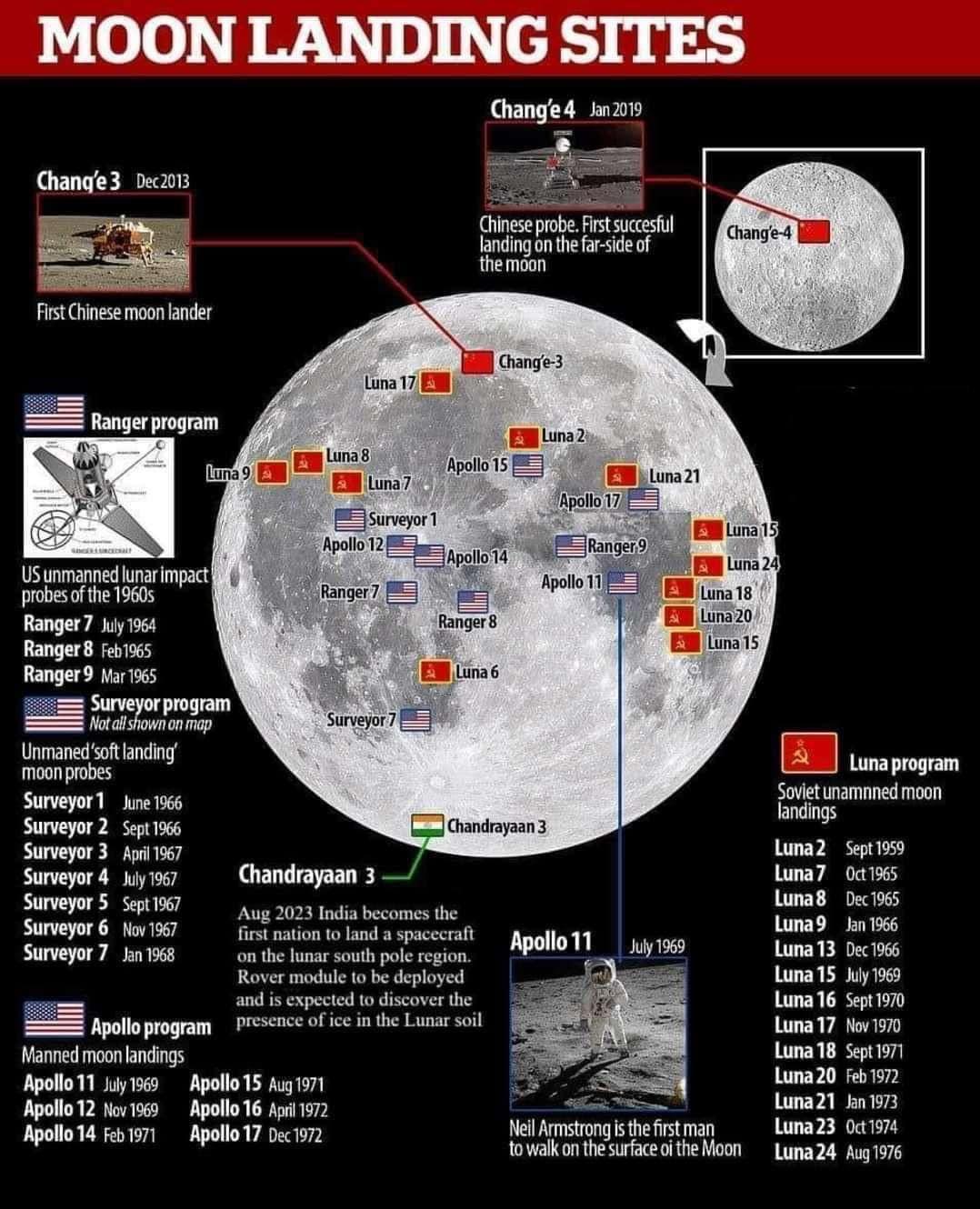
It shows that the US stayed close to the equator with the Apollo and Surveyor landings. Russian landings were also close to the equator. Only the Chandrayaan 3 mission from India and the Chang’e 3 lander from China approached polar locations.
Japan has a lander named SLIM headed to the moon but won’t get their until early 2024. Launched Sept 27, it will take a 4 months to travel to the moon and then another month in lunar orbit before landing. The US plans a couple of commercial lunar landers, the Astrobotic Peregrine lander is scheduled to launch on the inaugural Vulcan rocket mission on December 24 and Intuitive Machines will be sending their Nova-C lander to the moon January 12 on a Falcon 9 rocket. Nova-C is scheduled to land near the Malapert Crater about 300 km from the south pole.
Here is the status of recent lunar landing attempts and the number of countries that have embraced the US Artemis Accords. The US has 28 countries including India in their Artemis Accords. So far the Russia-China consortium has only Belarus and Pakistan joining their moon explorations.
People in Space 2023
Missions so far this year are:
March 2 Dragon CREW6 (4 people)
May 21 Dragon Axion 2 (4 people); 25 VG25 (6 people); 30 Shenzhou 16 (3 people)
June 29 VG01 (6 people)
August 10 VG02 (6 people); 26 Dragon CREW7 (4 people)
September 8 VG03 (6 people); Soyuz (3 people)
October 6 VG04 (6 people); 25 Shenzhou 17 (3 people)
So far in 2023 there have been 51 total people in space, 30 sub-orbital, 21 orbital (12 on Dragon, 3 Soyuz, 6 Shenzhou)
Next Monday Blue Origin is scheduled to launch 6 people on a sub-orbital mission and Wednesday Virgin Galactic will be sending 6 people on their sub-orbital space plane, including Alan Stern of New Horizons fame.
By year end 2023, we could tie the record with 63 but 42 will be sub-orbital. In 1985, the year with the greatest number of people in space, there was 63, but they were all orbital space flights. I still think sub-orbital doesn’t quite compare to orbital missions.
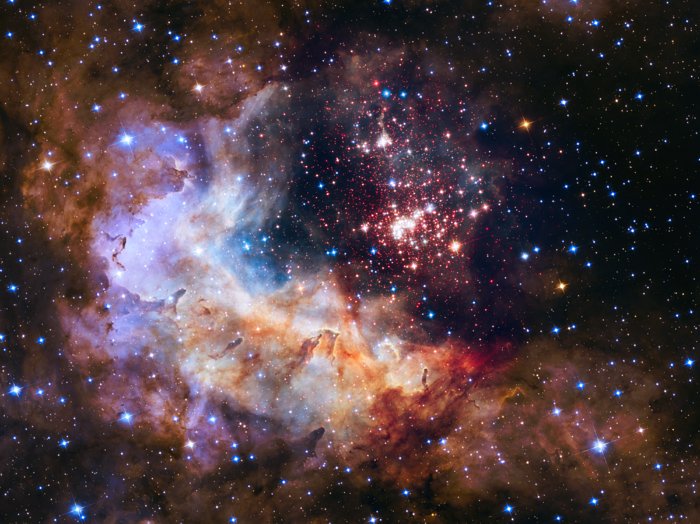
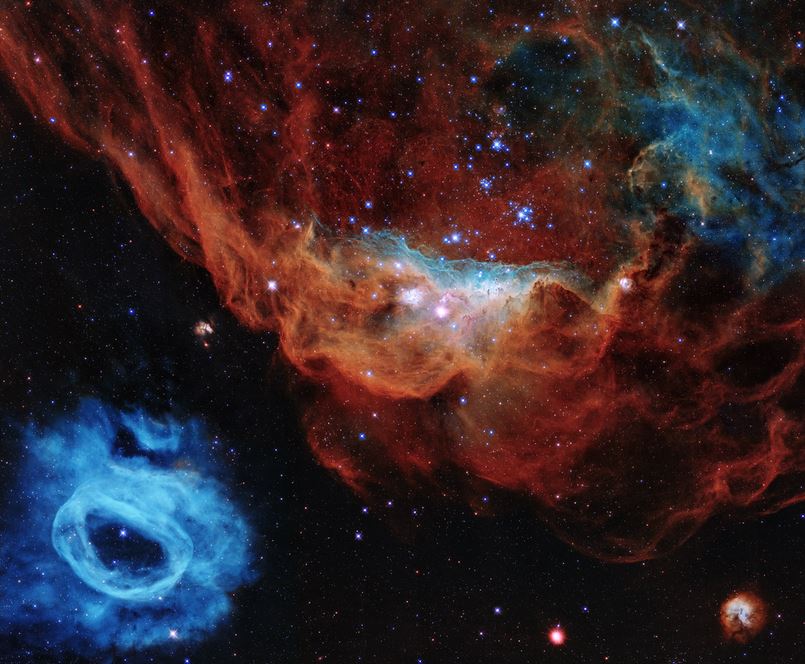
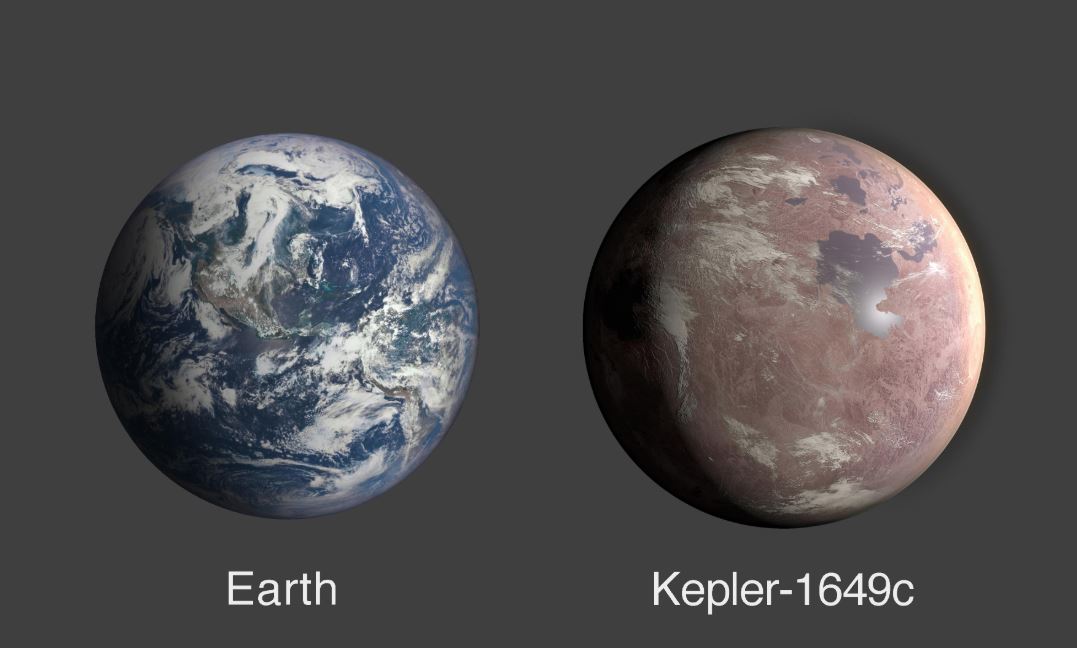
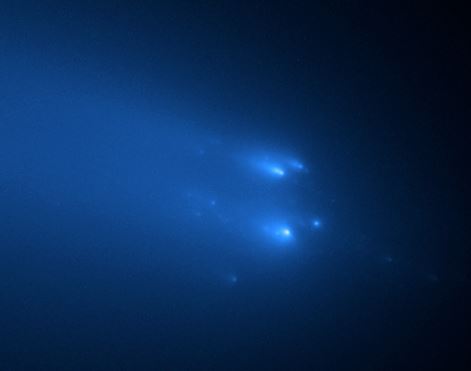
Recent Comments